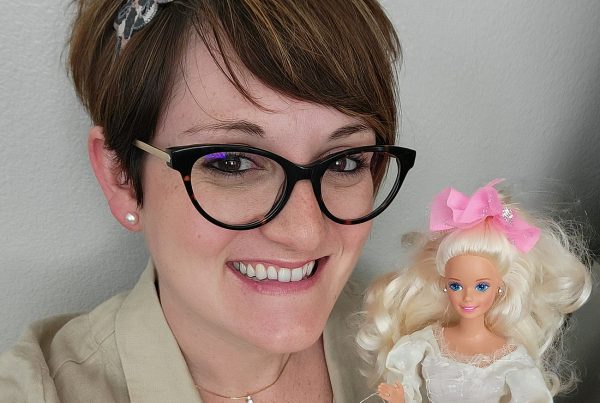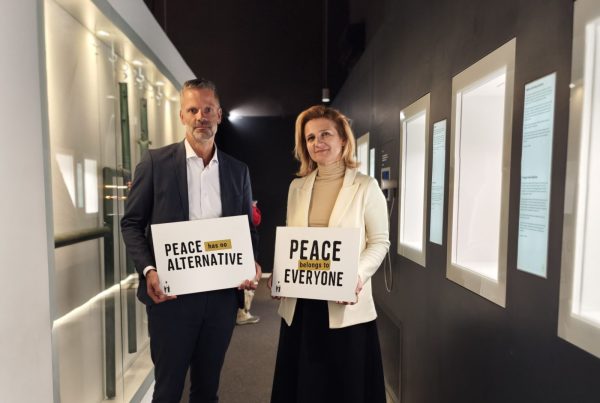On March 28, the War Childhood Museum (WCM) opened a photography exhibition in collaboration with the acclaimed Bosnian photographer Milomir Kovačević Strašni. Titled “Children of War, People of Peace“, the exhibition features wartime portraits of children taken by Strašni in the 1990s—now paired with new photographs of the same individuals, captured decades later.
We spoke to Strašni about the story behind this project, currently on view at the Academy of Fine Arts in Sarajevo.
WCM: How did the idea for this exhibition begin?
Strašni: This project has been in the making for years. Back in 2016, there was an exhibition called Children in War at the National Gallery of Bosnia and Herzegovina. After that, many people started reaching out. They wanted to meet, to talk. I started reconnecting with people I had photographed during the war—asking if they’d like to be photographed again, ideally in the same place. The first was my friend Džafer, who asked during the war if I could photograph him with his nephews. Then, after the war, it just so happened that we ran into each other on the street right when his nephews were visiting, so I took the photo. After that, I kept on shooting.
WCM: How do people react when they see their wartime portrait next to a present-day one?
Strašni: Only a few people have seen them actually. The reactions have been wonderful—really warm, emotional. There’s a bit of nostalgia, of course, but mostly it’s a sense of reconnection. These are joyful reunions, not heavy ones. We’re not focused on talking about the difficult situations from the war.
WCM: What are your hopes for the exhibition?
Strašni: I hope this marks the beginning of a larger project. More people are reaching out, wanting to be part of it, and the goal is to expand it further—with more photographs and written stories that preserve their experiences.
WCM: What are you most looking forward to?
Strašni: What I’m most looking forward to is seeing those people again—reconnecting and talking. These are genuinely touching reunions, like seeing family. Despite not having seen each other in years, there’s still a strong bond and a deep sense of closeness that remains.
WCM: What do initiatives like the War Childhood Museum mean to you?
Strašni: The Museum plays a very important role, and it’s great that there’s someone who thinks in that way—beyond local and political matters. These are children; their stories need to be heard, to be seen, and to continue. They should keep telling their stories and find the best possible way to integrate into society, overcoming the traumas they experienced during the war through the various activities the Museum offers.
This interview was edited and condensed for clarity.





